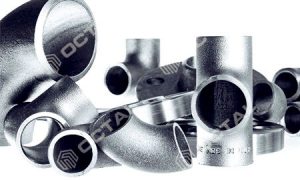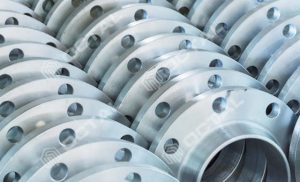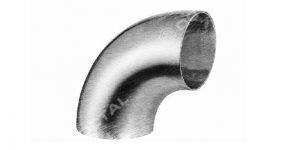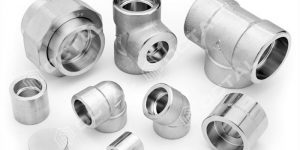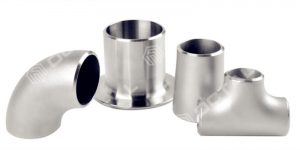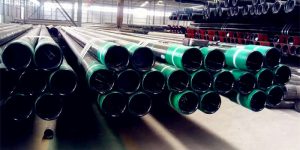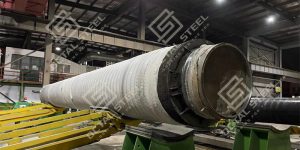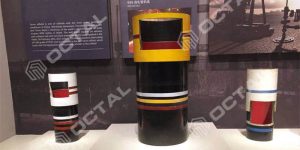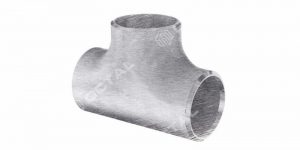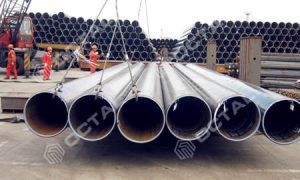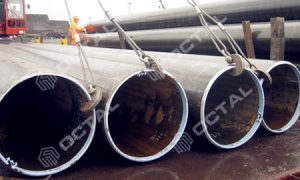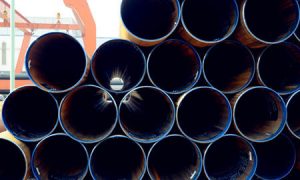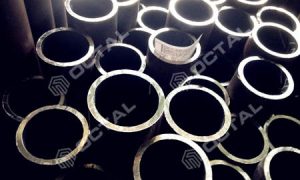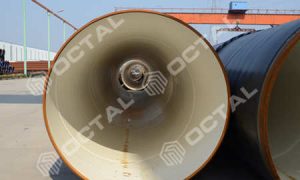Steel Tee (Equal and Reducing Tee) – Common Use Pipe Fittings
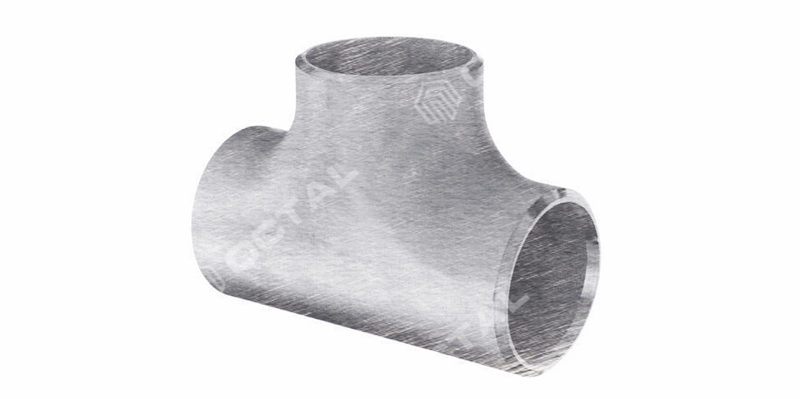
Steel tee is a T-shaped pipe fittings that has three branches, normally has two forms with Equal Tee and Reducing Tee (Tee reducer), both are used to divide (combine) the pipelines to adjust the flow rate and change the direction.
Steel pipe tee has been be widely used in different industries, according to material types there are:
Stainless steel tee
Carbon steel tee
Alloy steel tee
According to connecting types, there are:
Butt weld tee
Socket weld tee
Threaded tee
As far as we know, steel tee has many types, then how much do you know about above each type of tee? How to distinguish them and select the best one you need?
Below we will explain with more specifications.
Steel Reducing Tee and Equal Tee
Steel Equal Tee pipe fittings: The three branches of tee have same diameters.
Steel Reducing Tee / Reducer tee pipe fittings: The branch diameter is smaller than the main line diameter. Tee reducer is usually described as NPS diameters in 4” x 4” x 3”, 4” is the main line pipe diameter, and 3” is the reducing branch.
Reducing tee is used more than equal tee since it has more functions and available for more environments.
Butt Weld Tee – Socket Weld Tee – Threaded Tee
Butt weld tee (BW Tee)
Ends in plain or beveled, connected by butt welding process. It could bear higher pressure than the other connection types. Butt weld tee dimensions shall be specified in pipe NPS (DN) and thickness in schedule, where socket weld tee or threaded tee thickness specified in pressure class ratings.
Socket weld tee (SW Tee)
Like the other socket pipe fittings, it has a ladder shaped area, so to insert the pipe into the tee branches then welding together. It usually used for small diameter tubing systems.
Threaded pipe tee (THD Tee)
Based on SW tee forms, the branch end will be threaded to male or female. So there are male branch tee and female branch tee, which if the tube with male NPT threads, then the tee shall be with female NPT threads.
Stainless steel tee – Material standard
Stainless steel tee used a lot in chemical, sanitary or food industries.It’s advantage is suitable for different working environments and good corrosion resistance.
Standards: ASTM A403 (For wrought Austenitic stainless steel tee pipe fittings), ASTM A270 (For seamless and welded Austenitic and Ferritic stainless steel sanitary tubing tee)
Grades: TP 304, 304L, 316, 316L, 310, 317 and 321.
Carbon and alloy steel pipe tee – Material standard
Carbon steel tee material: ASTM A234 WPB, WPC; MSS SP-75 WPHY-42, WPHY-46, WPHY-52, WPHY-56, 60, 65 and 70. ASME/ANSI B16.9 for BW tee fittings, ASME/ANSI B16.11 for socket weld and threaded tee fittings.
Alloy steel material: ASTM A234 WP1, WP5, WP9, WP11, WP22, WP91
By the cladding technology to clad stainless or alloy steel material in the inner surface of carbon steel tee, is another good option to reach a certain corrosion resistance and lower the material cost.
How to make steel tees
The common manufacturing process to make tees are cold extrusion and hot pushing. Cold extrusion normally for smaller thickness tee, where hot pushing is for large thickness. In case you need an big diameter tee above 24”, welding shall be adopted instead extrusion.
The key process to manufacture steel tee is to use the hydraulic machine to squeeze the mother pipe in a tee mould (or a reducing tee mould), under the big pressure on both pipe ends, the third branch of the tee will be extruded out. The mother pipe could be a seamless or a welded pipe, the same pipe diameter will produce the same diameter tee, means to make a 8 inch steel tee will need a 8 inch pipe. But after the extrusion, the pipe thickness will be become larger, so the tee thickness is larger than the mother pipe thickness.
Equal Tee and Reducing Tee dimensions range
For butt weld tee, dimensions ranges in 1/2”, 1”, 1 1/2”, 2′, 3”, 4”, 6”, 8”, 10”, 12”, 14”, 16”, 24” and up to 48” (From DN 15 to DN 1200). Thickness class ranges from SCH 10, SCH 20, SCH 40, SCH STD, SCH 80, SCH XS to SCH 160.
For socket weld tee and threaded tee dimensions ranges from 3/8”, 1/2”. 3/4”, 1” and up to 4” (From DN 10 to DN 100). Pressure ratings in 2000#, 3000#, 6000# and 9000#.
Applications of carbon and stainless steel tee
• Oil and gas transmissions
• Petroleum and Oil refining
• Water treatment systems
• Chemical Industries
• Sanitary tubing
• Power stations
• Machines and equipment
• Heat exchanger








